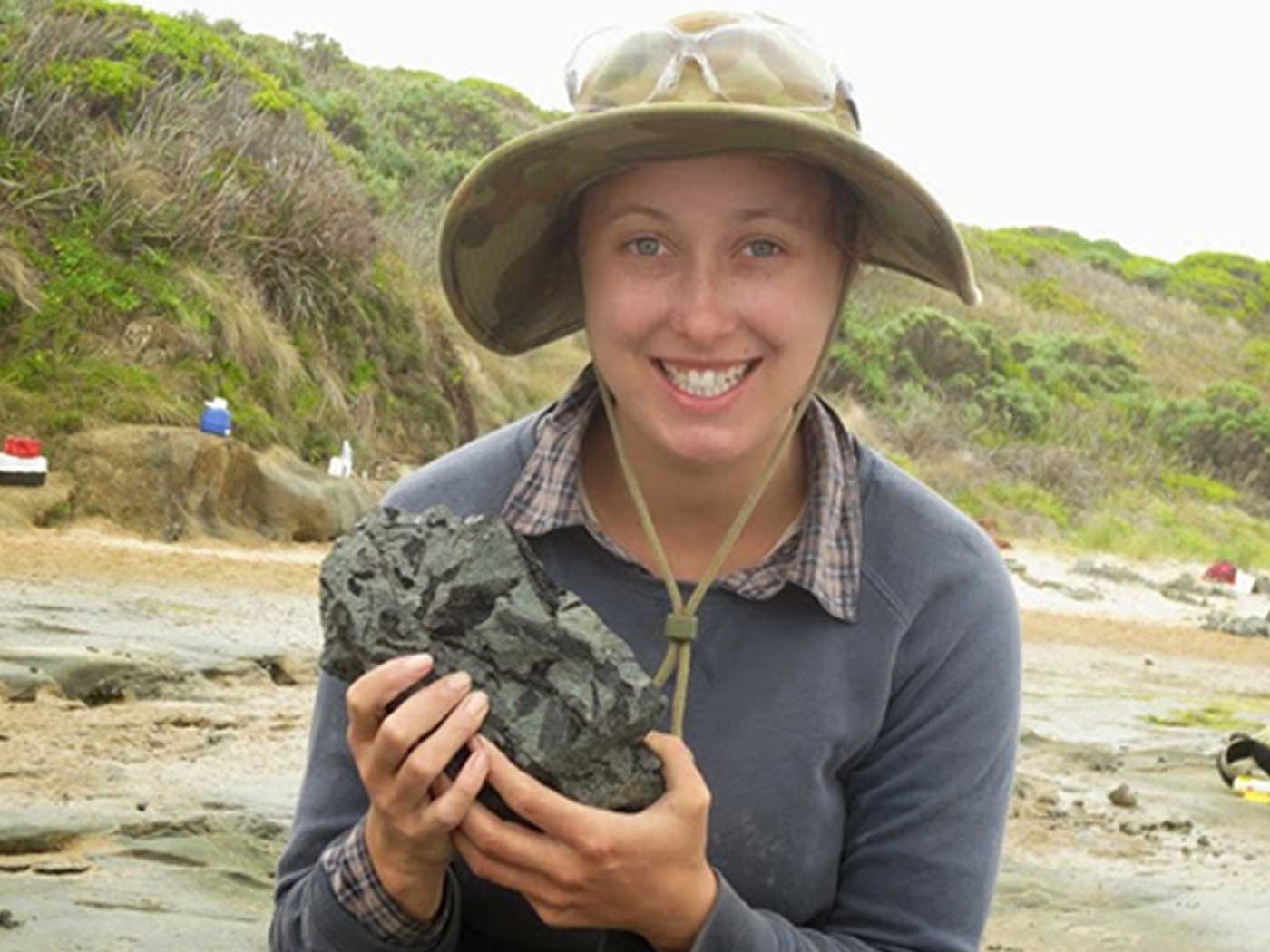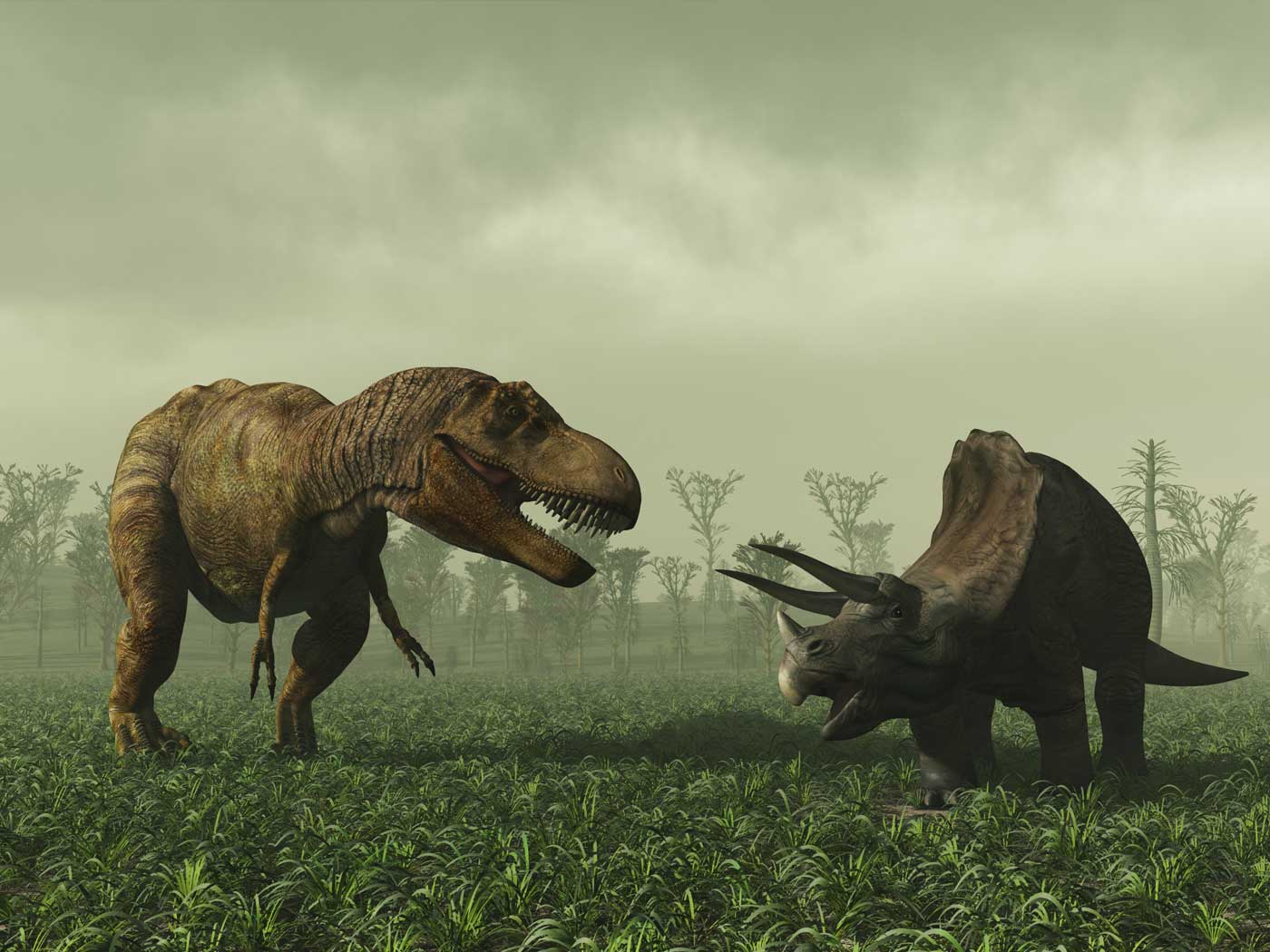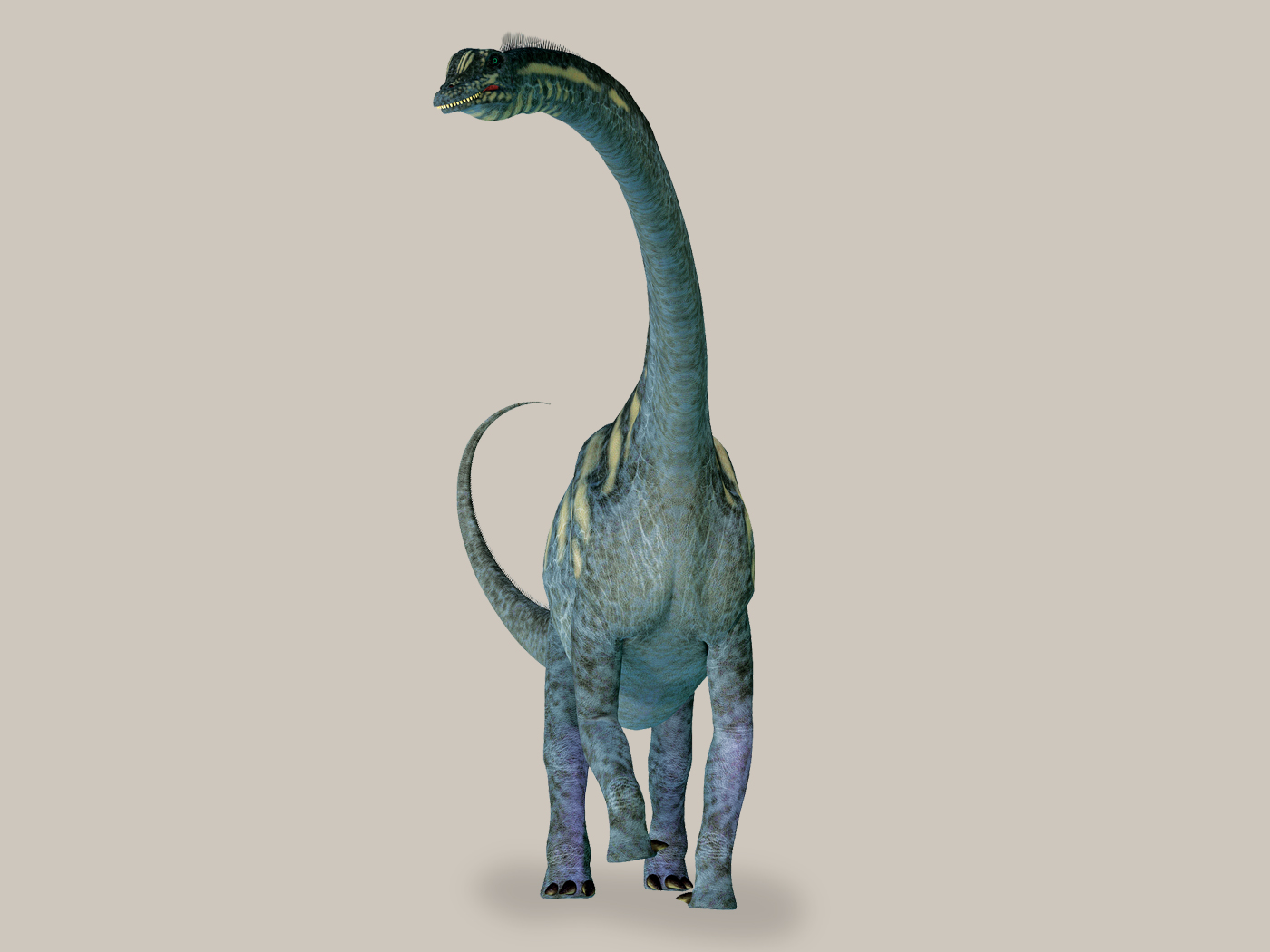In recent decades, soft, squishy tissues have been discovered inside fossilized dinosaur bones. They seem so fresh that it appears as though the bodies were buried only a few thousand years ago.
Since many think of a fossil as having had the original bone material replaced by minerals, the presence of actual bone--let alone pliable blood vessels, red blood cells, and proteins inside the bone--is quite extraordinary. These finds also present a dilemma. Given the fact that organic materials like blood vessels and blood cells rot, and the rates at which certain proteins decay, how could these soft tissues have been preserved for ten thousand, let alone 65 million or more, years?
These soft tissues have met with hard resistance from mainstream science, and some scientists have even discounted or ignored them. But fresh studies keep finding fresh tissue, making the issue difficult to dismiss. Either the vast evolutionary ages assigned to these finds are dramatically erroneous, or "we really don't understand decay" rates of the soft tissues and proteins.1
Paleontologists who have analyzed the tissues, visible through their microscopes and squeezable with their tweezers, insist that something is fundamentally wrong with laboratory data on biochemical decay rates.2 In turn, biochemists are confident that their repeatable experiments show that the soft tissues should not be there after all this time. To try to get around the hard facts of soft tissues, some scientists have even proposed that the blood vessels and red blood cells in question were bacterial slime. This was thoroughly refuted, however, by research showing that the dinosaur tissue contains a collagen protein that bacteria do not produce.3
This dilemma between the science of biochemistry and the belief in millions of years is not going away. In addition to the well-characterized tissues from a T. rex reported by paleontologist Mary Schweitzer in 1997,4 2005,5 and 2007,6 new soft tissue finds keep surfacing. Schweitzer published a report on another sample in Science in 2009,3 this time from a hadrosaur, in which the precise characteristics of dinosaur biochemicals were verified by a third party. This was necessary to confirm the reality of the soft tissues to an incredulous scientific community. (Similarly, Schweitzer's 2007 results have also been verified.7)
Yet another hadrosaur has been described by UK scientists as "absolutely gobsmacking."8 Its tissues were "extremely well preserved" and contained "soft-tissue replacement structures and associated organic compounds."9
Schweitzer's team recently concluded that "the most parsimonious explanation, thus far unfalsified, is that original molecules persist in some Cretaceous dinosaur fossils."3 But biochemical decay rates showing that soft tissues would be dust after all this time are also thus far unfalsified (i.e., have not been disproved). Therefore, the millions-of-years age assignments must go.
However, if the deep time goes, then so does the grand story of evolution that depends on it. For many, that is too sacred an assumption to dare alter. Biblical data, however, not only provide the timeframe for the death of these dinosaurs in Flood deposits a few thousand years ago, but also a mode of deposition in agreement with observable data that their demise occurred when they "fell into a watery grave."8
References
- Fields, H. 2006. Dinosaur Shocker. Smithsonian magazine online. Published May 2006, accessed July 20, 2009.
- For example, see Bada, J. L., X. S. Wang and H. Hamilton. 1999. Preservation of key biomolecules in the fossil record: current knowledge and future challenges. Philosophical Transactions of the Royal Society B. 354 (1379): 77-87.
- Schweitzer, M. H. et al. 2009. Biomolecular Characterization and Protein Sequences of the Campanian Hadrosaur B. canadensis. Science. 324 (5927): 626-631.
- Schweitzer, M. and T. Staedter. 1997. The Real Jurassic Park. Earth. 6 (3): 55-57.
- Schweitzer, M. et al. 2005. Soft-Tissue Vessels and Cellular Preservation in Tyrannosaurus rex. Science. 307 (5717): 1952.
- Asara, J. M. et al. 2007. Protein Sequences from Mastodon and Tyrannosaurus Rex Revealed by Mass Spectrometry. Science. 316 (5822): 280-285.
- Bern, M., B. S. Phinney and D. Goldberg. 2009. Reanalysis of Tyrannosaurus rex Mass Spectra. Journal of Proteome Research. Published online July 15, 2009.
- Mummified dinosaur skin yields up new secrets. The University of Manchester press release, July 1, 2009.
- Manning, P. L. et al. 2009. Mineralized soft-tissue structure and chemistry in a mummified hadrosaur from the Hell Creek Formation, North Dakota (USA). Proceedings of the Royal Society B. Published online before print, July 1, 2009.
Image Credit: Christian Darkin / Photo Researchers, Inc.
* Mr. Thomas is Science Writer at the Institute for Creation Research.
Cite this article: Thomas, B. 2009. Dinosaur Soft Tissue Issue Is Here to Stay. Acts & Facts. 38 (9): 18.

























